Overshoot: what does it mean to exceed and return to 1.5 ºC?
A resource to understand overshoot in the context of the science-policy interface
Global temperature continues to rise, the last decade was the warmest on record. The long-term global temperature goal of the Paris Agreement calls for temperature to be limited to well below 2°C, pursuing efforts to limit the increase to 1.5°C, compared to pre-industrial levels.
Global warming, assessed over a period of decades, is expected to reach 1.5°C before the mid 2030s. Annual temperature already exceeded 1.5°C for the first time in 2024.
With every increment of warming, the severity of impacts, losses, and damages increases. Exceeding 1.5°C will open a debate on bending the curve to bring global warming back down to 1.5°C, and “keeping 1.5°C alive”.
This is a new conversation for policymakers, society and the research community. It needs a shared understanding of the overshoot concept and science-based evidence of the implications for climate risk, adaptation and mitigation, including distributional aspects, social acceptability, and sustainable development more broadly.
1. What does temperature overshoot mean?
Overshoot means global temperature exceeds and then returns back to a level of global warming.
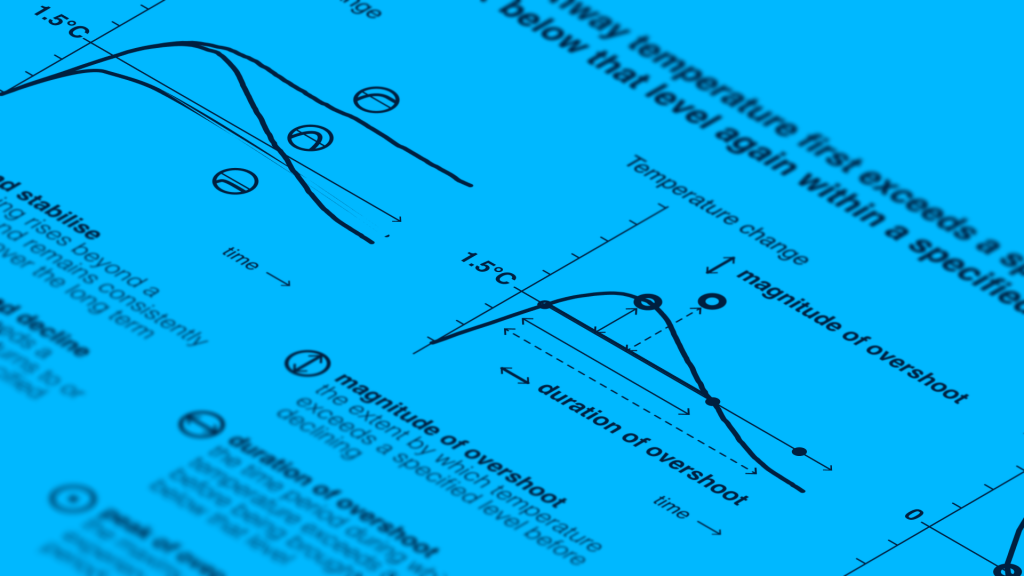
2. How will climate risk change in an overshoot world?
Climate-related risks in a world where global warming exceeded 1.5°C and then declined again will be different from the risks in a world where warming never exceeded that level.
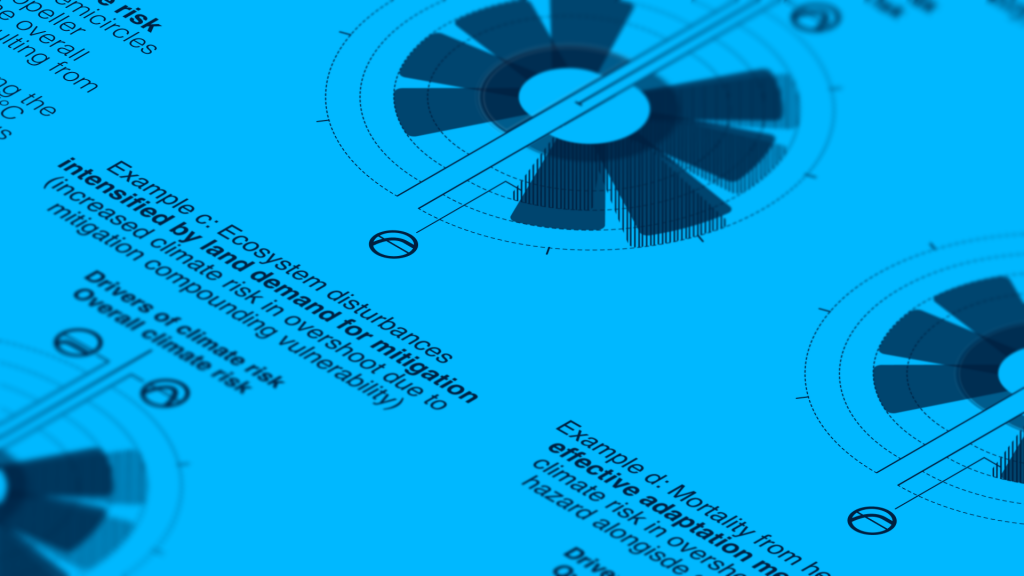
Climate-related risks will be different (and in most instances higher) after overshoot compared to a world where warming never exceeded that level, and generally lower than if warming permanently exceeds 1.5°C. A decline in global temperature will in many cases not fully reverse all climate related risks – a world that has gone through overshoot and returned to 1.5°C will be a different, and in many cases more damaged world, than if we had managed to avoid exceeding 1.5°C.
Even if climate hazards are slowed or reversed, vulnerability, exposure and other drivers of risk can remain elevated or even increase further.The drivers of risk can vary significantly, depending on specific systems, sectors and regions, and are complex because of interplaying factors.
Urgent implementation of adaptation responses designed for global warming well above 1.5°C are critically needed, and are also expected to yield significant benefits were global warming to decline again subsequently.
3. How does the Earth system respond to an overshoot?
Even though global temperature is expected to decline linearly with net negative CO₂ emissions, that does not mean that other aspects of the Earth system also immediately decline.
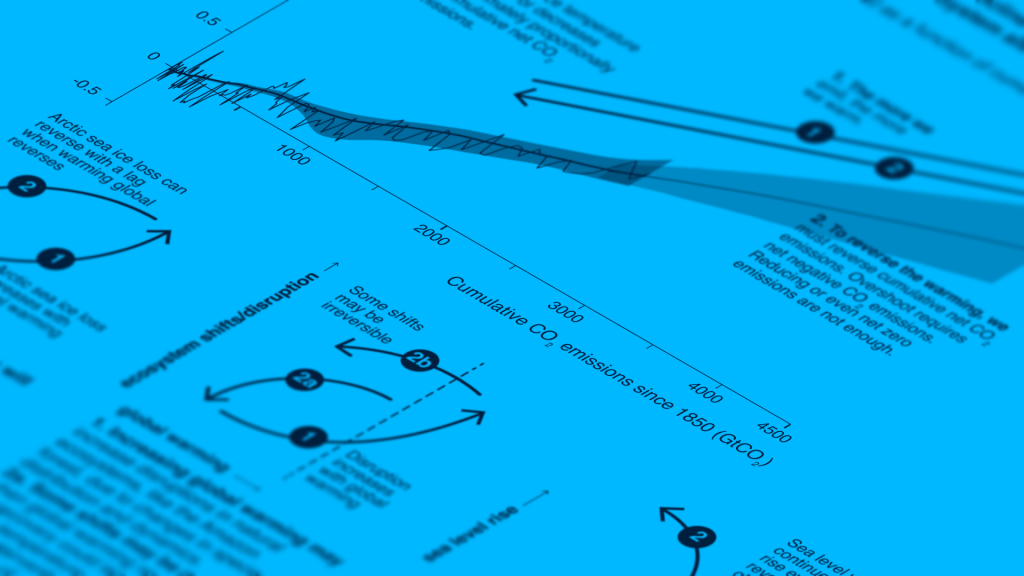
4. How can we achieve an overshoot pathway?
There are three different types of mitigation efforts that can achieve a decline in temperature after a peak in an overshoot scenario. It is essential to cut CO₂ emissions, together with CO₂ removal and reducing methane.
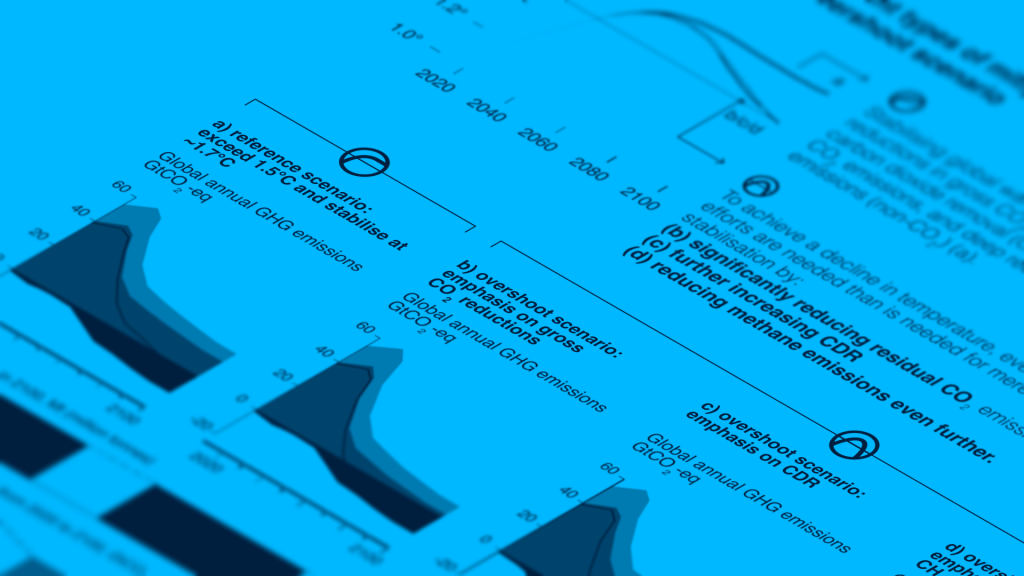
To stabilise global warming, deep reductions in gross CO₂ emissions, and upscaling carbon dioxide removal (CDR) is needed to reach net-zero CO₂ emissions, as well as deep reductions in non-CO₂ emissions, particularly methane. To achieve a decline in temperature, greater efforts are needed to reach net-negative CO₂ emissions. Overshoot does not simply mean even more CDR. There are complementary strategies that can all contribute to a decline in temperature by further reducing methane emissions and residual CO₂ emissions, as well as upscaling CDR.
5. How do we navigate an overshoot pathway? Is it feasible?
The journey through overshoot is not a single decision but rather a complex path with different motivations and pressures pulling in multiple directions.
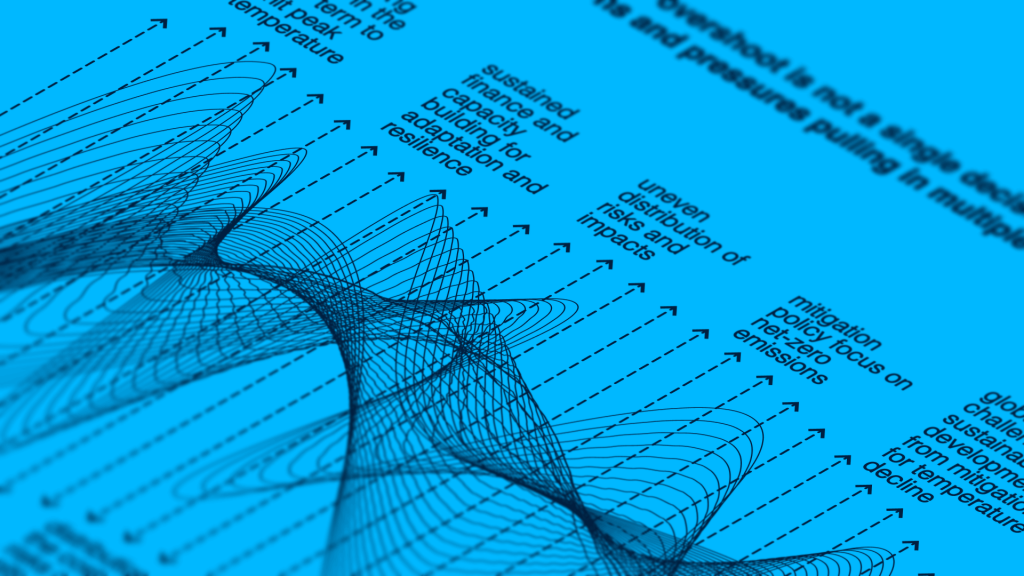
This resource is based on the article Overshoot: A Conceptual Review of Exceeding and Returning to Global Warming of 1.5°C, Andy Reisinger, Jan S. Fuglestvedt, Anna Pirani, Oliver Geden, Chris D. Jones, Shobha Maharaj, Elvira Poloczanska, Angela Morelli, Tom Gabriel Johansen, Carolina Adler, Richard A. Betts, Sonia I. Seneviratne. Annu. Rev. Environ. Resour. 2025. 50:1.1–1.33. https://doi.org/10.1146/annurev-environ-111523-102029
Code inspired by Antoine Wodniack